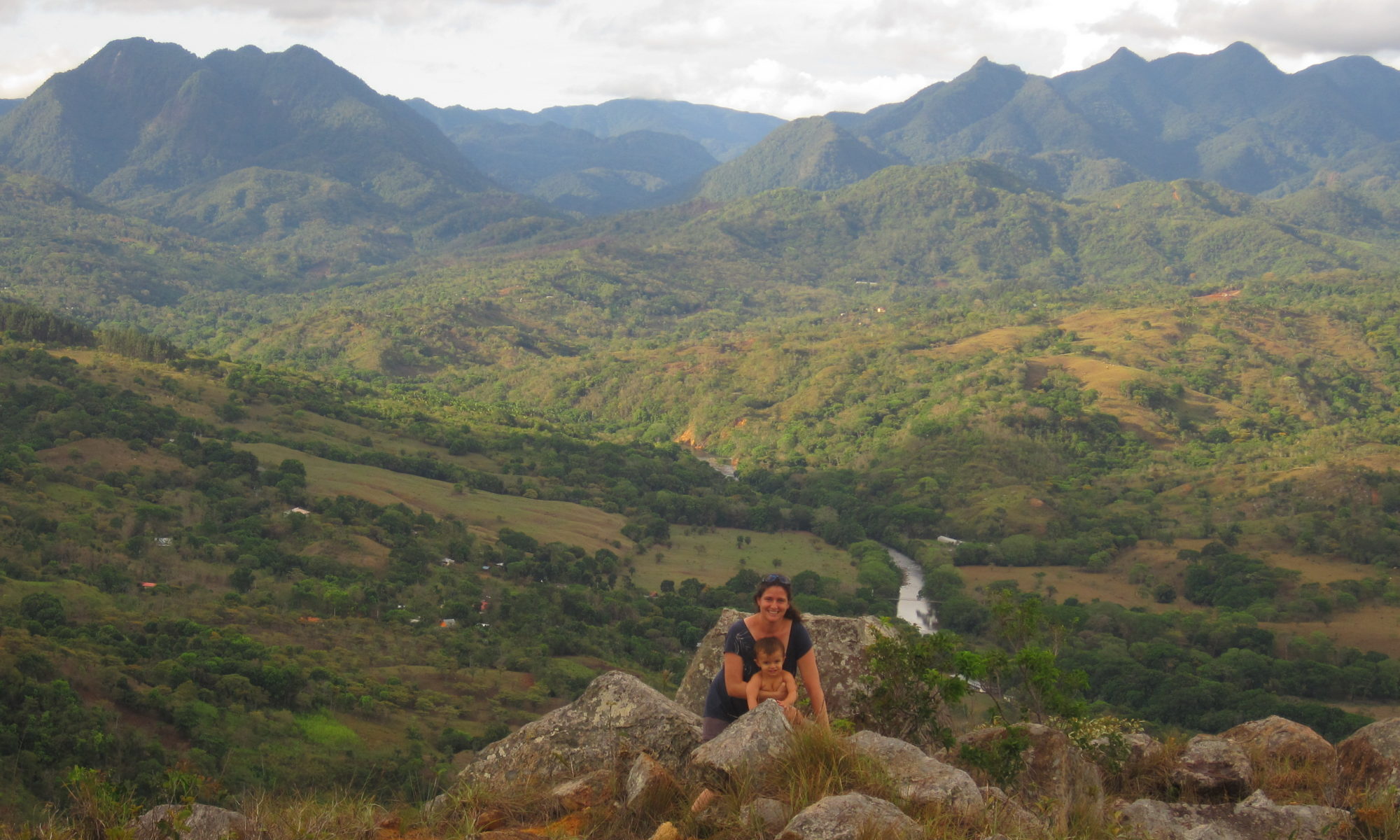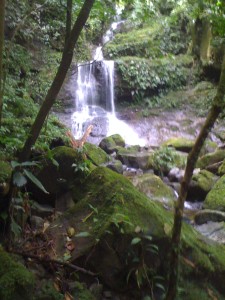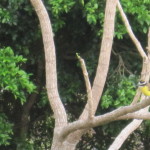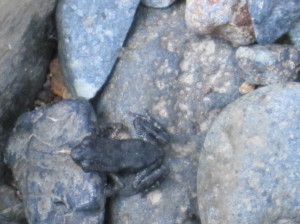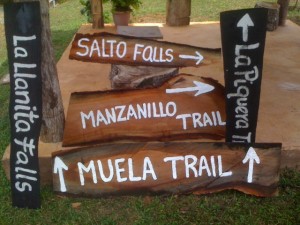I’ve always been intrigued by Cerro Mariposa. It’s one of the two mountains that make up the western arm of Santa Fe National Park; it’s mentioned by birders and scientists, as a refuge for species, but it’s not that popular with tourists because it’s hard to access. Unlike Cerro Tute, where you have farms and a 4×4 road to the top, Cerro Mariposa is a six hour round trip hike on a footpath some of the year (and with a machete the rest of the year) in mud and rainforest to reach the peak – and a guide is a must.
We recently had a group of more adventurous guests make it up there, and I’ve asked Edgar, the guide, to guest write a post:
Just the Facts
Elevation: 1,424m
Location: Western Arm, Santa Fe National Park
Type of Vegetation: Rainforest
Hike Duration: 6hrs Round Trip
Ascending Cerro Mariposa
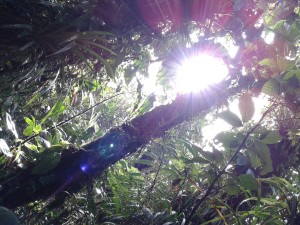
It was 7AM, March 15, 2016 when the group of explorers, Josepus, Oliver and Edgar (me, the guide), prepared to set off on the hike to Cerro Mariposa, located in Santa Fe National Park, at an altitude of 1,424m. We spent 20 minutes driving from Coffee Mountain Inn to where we began the hike in Alto de Piedra. We began our hike accompanied by the songs of diverse bird species. And we weren’t alone. 100 meters from where we began, we spotted Jaguar and Ocelot tracks and soon came across a Trogon (Trogon aurantiiventris) very close to the trail. 600 meters later we found one of the Jaguar monitoring stations that use trigger cameras to capture night life with a motion sensor (take a look at other work of AMIPARQUE (Amigos del Parque Nacional Santa Fe)). I showed them some previous fotos that had been taken by the cameras. We could also hear Keel-billed Toucans and a Great curassow (Crax rubra).
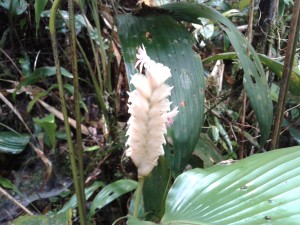
In the midst of the forest, we saw many different plants with flowers like the newly recognized species of Calathea (Calathea galdameciana), endemic to the area and discovered by scholarship student through Smithsonian Tropical Reseach Institute (STRI). Orchids, bromiliads, mosses, ferns, athurium and philodendrons were plentiful.
After walking for three hours, we ascended from the rainforest to the dwarf rainforest of the ridgeline.

We reached the peak. At first it was cloudy, but then we hit a break in the clouds after a few minutes. The ridgeline of El Tute extended before us, the town of Santa Fe far below, and the rainforest of the National Park on the hills below us.
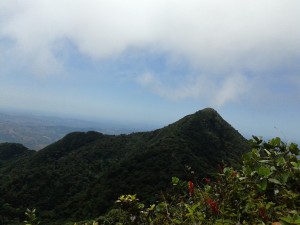
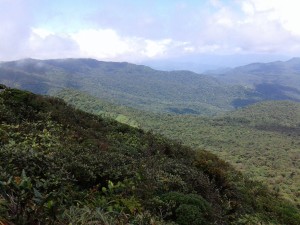
We rested, taking in the beautiful views offered to us, with the clouds in our face, the constant wind, cool temperatures before descending again. Halfway through the decent we were surprised to spot a rare lizard (Anadia Vittata), hard to spot because of the camouflage in dry leaves.
We arrived at the end, in perfect health, happy and thrilled with the adventure.
